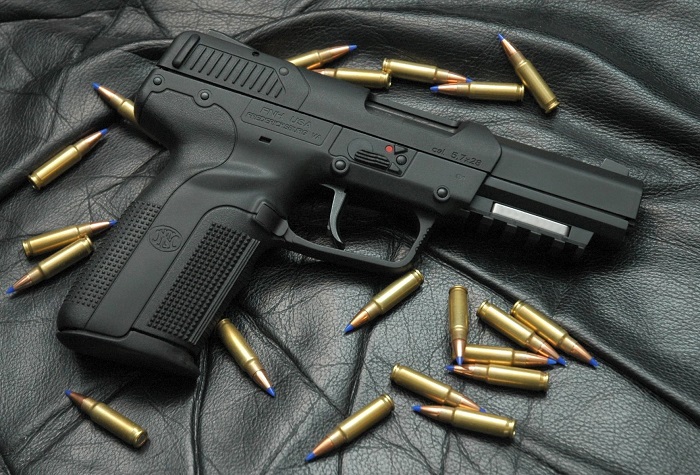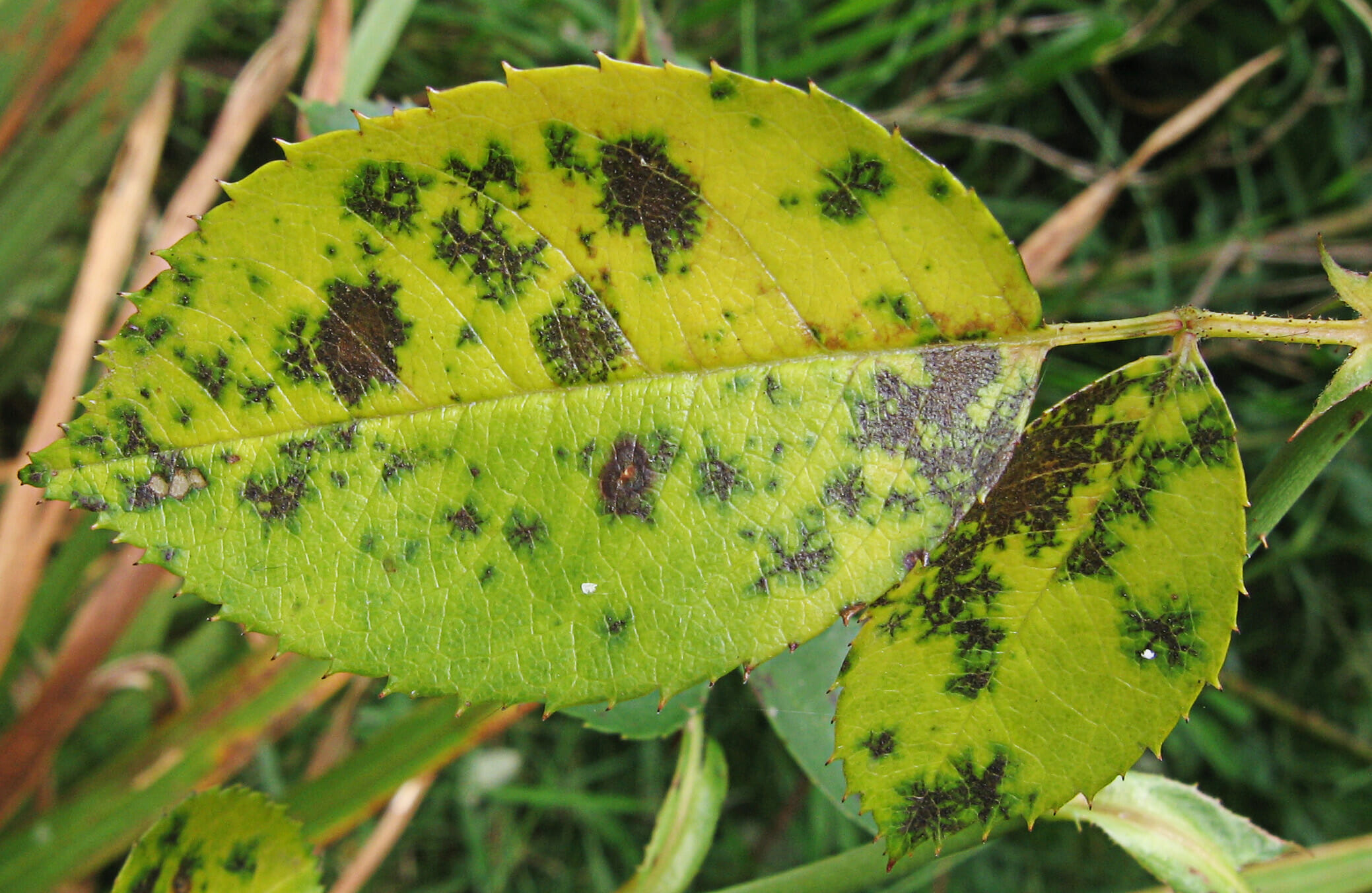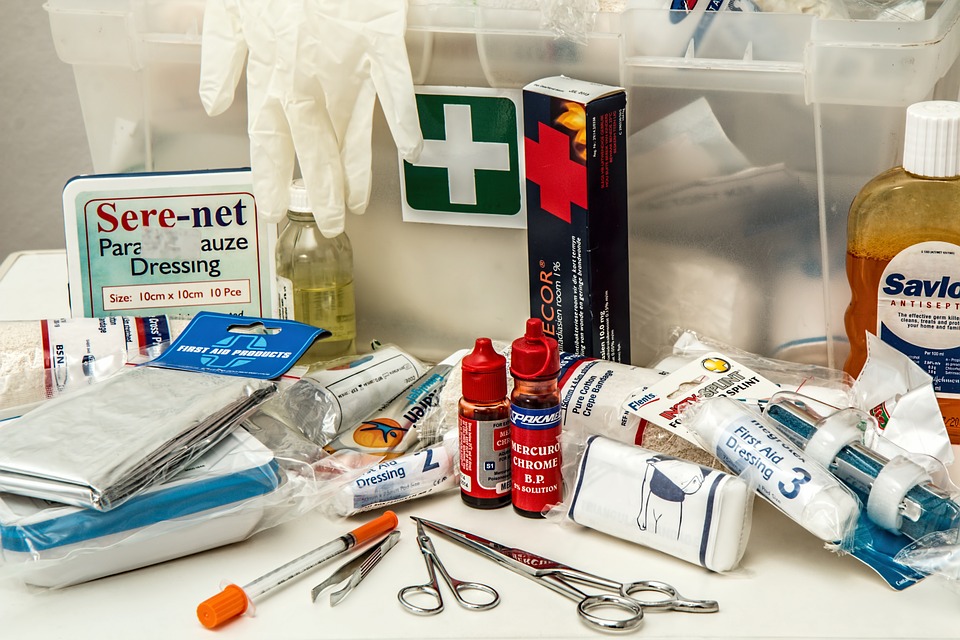
There are certain mistakes I see made over and over again among those in the preparedness community. Most of them are understandable. We live in a society where we have a plethora of resources and support available to us, and breaking out of that mindset and thinking of how to be truly self-sufficient is hard, even for those of us who are trying.
But if we are going to survive a major natural or man-made disaster, we’ve got to be ready to make it on our own. That means having both the knowledge and the supplies to do everything we need, for ourselves.
One area that is commonly overlooked is the area of medicine. Oh, we all have first-aid kits, and I’ve even seen some pretty good ones around. But that’s not the same as medical preparedness.
Let me enumerate some of the problems:
- Medical facilities and personnel becoming overwhelmed with the large number of people who get injured in the crisis and its aftermath.
- Lack of transportation making it difficult to get injured or sick personnel to medical facilities.
- Modern medical doctors and facilities not having electricity. Many hospitals only have about 48 hours of fuel for their generators.
- Breakdown of the supply chain, making resupply of even the most basic medical supplies iffy at best.
With all of this in mind, it’s clear that we need to be ready to take care of our own medical needs. That means much more than just having a little first-aid kit on hand. First of all, most first-aid kits can’t take care of a serious injury. And even those that can will quickly get depleted.
Here are a few of the top items you’ll need to stockpile, and stockpile well.
1. Bandages of all kinds (in bulk)
Injuries are common and will be even more common in a survival situation. When medical care is difficult to come by, any injury is serious. Injuries create openings in the skin by which bacteria and other pathogens can enter.
Learn How To Make Powerful Herbal Medicines, Right in Your Kitchen!
So, it’s important to clean, disinfect and protect even the smallest of injuries.
- For smaller injuries, cloth adhesive bandages are great. They stick better than the plastic kind, so they protect you better. That makes them worth the extra money they cost.
- For large injuries, one of the best bandages you can have is a sanitary napkin. They are sterile, and designed to absorb a large quantity of blood. They are also much cheaper than other sterile bandages.
- The new “cohesive” medical tape is much better than other types, in that it sticks to itself, rather than the patient. So, when you take it off, you won’t be pulling any hair out and causing the patient any extra pain.
Bandages really should be changed every 24 hours, or faster if they become blood soaked. So it’s easy to see how you could go through a lot of bandages quickly. It’s not unreasonable to think in terms of a few hundred of each size.
2. Gauze (in bulk)
Gauze is great for larger injuries, for times when you have to soak up blood or for cleaning off a wound. You can buy it in several forms, but probably the most common and most universally useful is in four-inch squares. These come in both sterile and non-sterile varieties.
When bandaging a wound, you need to use sterile dressings directly on the wound. But the second layer doesn’t have to be sterile. So, if you have a bleeding wound, you can use those four-inch non-sterile gauze pads on top of a sterile one, and save a lot of money.
Stretchable gauze is also useful, especially in cases where you need to protect the skin, but not necessarily soak up a lot of blood. Skin rashes are such a case. Once you medicate the rash, you should cover it for protection. Stretchable gauze is an easy way to do this. It can also be used in place of medical tape, although it doesn’t work quite as well.
3. Antiseptic cream, alcohol and hydrogen peroxide (lots of it)
Any wound needs to be cleaned and disinfected. The first step is to flush it with a sterile solution to remove debris. This could be clean drinking water. If it’s safe enough to drink, it’s safe enough for cleaning out a wound, too. But after that, something that will kill bacteria and other germs must be used.
Many people clean the wound with alcohol or hydrogen peroxide and then apply an antiseptic cream. This is ideal, as it provides the maximum protection. You really can’t be too careful where the possibility of infection exists.
4. Clotting agent
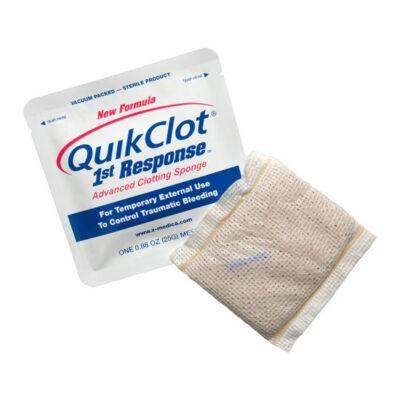
Clotting agents, like Quikclot or Celox, help to get wounds to stop bleeding and scab over quicker. This can be very useful in a situation where a wound is bleeding quickly. The more blood a person loses, the longer it takes them to heal. So, using a clotting agent helps to reduce their recovery time. It also can prevent them from bleeding out and dying.
These clotting agents are available either in a granulated powder that is sprinkled on the wound or embedded in bandages of various types (including a sponge). Either will work. The powder is useful for smaller wounds, but larger wounds require the bandages with the clotting agent included.
5. Personal protection equipment
It is important to do everything possible to prevent the spreading of infection and disease. For this reason, medical staff wear masks, gloves and eye protection. Well, if you’re going to be treating patients, you’ll need the same. Non-sterile gloves, which are sufficient for everything short of surgery, come in boxes of 100, in a variety of sizes. Buying them like that helps ensure that you’ll have them when you need them.
The most common place for pathogens to enter the body is the face. You have more naturally occurring openings in your skin, there in your face, than anywhere else in your body. That makes it necessary to protect your face from splashing blood and the droplets of sneezes. A medical face mask and simple plastic goggles is sufficient for this.
6. Sutures
Gaping wounds need more than a bandage; they need the skin brought back together and held there for healing. In a hospital, they accomplish this with stitches. You can do the same, although it’s recommended to practice beforehand, as sewing up someone’s body is different than sewing on a button.
‘Miracle Oil Maker’ Lets You Make Fresh Nut Oils Within Minutes!
But there’s an easier way — adhesive sutures. 3M’s Steri-Strips and butterfly bandages both work well for this. While both are good, the Steri-Strips come in a package of five, which makes them much easier to work with.
7. Elastic bandages
Elastic bandages are useful for a host of things, especially dealing with broken or sprained limbs. Keep an assortment of sizes on hand, so that you have the right size for every need.
In order to be able to splint broken limbs, you’ll need something to use with the elastic bandages. In a pinch, sticks will work. But a Sam Splint is even better. This is a sheet of foam rubber-coated soft aluminum sheet, four inches wide. You can form it to fit the limb, and then attach it in place with the elastic bandages. Properly done, this will work almost as good as a cast.
8. Pain relievers
There are several different over-the-counter pain relievers available; if you consume mainstream medicine, stock them all. Different ones work differently with different people. That’s why ibuprofen might work well for one person, but not for another. You should have as a minimum:
- Aspirin
- Ibuprofen (Advil)
- Acetaminophen (Tylenol)
- Naproxen (Aleve)
While it would be nice to have some stronger pain relievers on hand, those all require a prescription. If you have a good enough relationship with your doctor, you might be able to get some; but if not, you can’t even buy it in Mexico.
9. Antibiotics
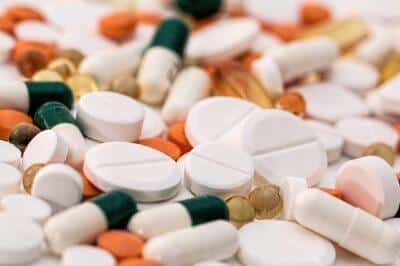
Antibiotics are another thing you usually need a prescription to buy. That’s mostly to protect people from misusing them. So if you do stock any, make sure you have written information on how to use them properly, specifically information on dosage and which one to use for which ailments.
Many homesteaders buy veterinary grades of antibiotics, for which you don’t need a prescription. They usually come out of the exact same factories from which human antibiotics come. Another way is to buy them in Mexico, if you happen to be traveling that way. In Mexico, you can buy them in any pharmacy.
10. Over-the-counter medicines
Finally, stock up on all of the common over-the-counter medicines you use. Remember, you won’t be able to get them during a disaster, and even though they don’t actually cure most things, they do alleviate the symptoms, making it much easier to carry on and do the things you need to be doing. Specifically, you should have:
- Antihistamine (Benadryl) — for runny nose.
- Decongestant — for stuffed up nose or sinus headache.
- Loperamide (Imodium) — anti-diarrheal.
- Meclizine (Dramamine) — helps prevent nausea and vomiting.
- Hydrocortisone cream — to help alleviate itching, such as from poison ivy.
- Omeprazole (Zantac) — for heartburn
- Clotrimazole (Lotrimin cream) — for fungal infections on the skin
When the next crisis hits — or the next snowstorm or flood – don’t be left wishing you had the right medical supplies on hand. Stock up now.
What would you add to our list? Share your tips in the section below:







